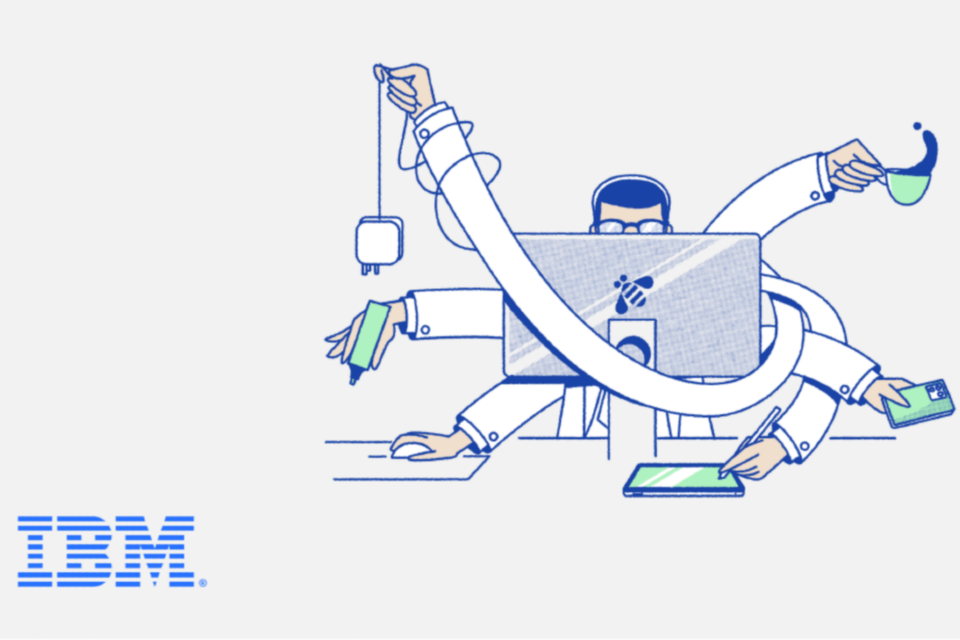The capabilities and impact of AI have long been in discussion within the science and tech-sphere, and perhaps even longer been a source fascination for the wider public within science fiction. Now, with the rise and success of AI applications, such as ChatGPT, the AI discussion has found itself flung into the mainstream like never before.
Undoubtedly, AI will bring changes to our day-to-day working lives and we’re only just beginning to experience the ways that creative and people-led industries can use AI as a strategic advantage over competitors. One thing is for certain: AI is remaining a focus of public interest.
Microsoft Product Specialist Kira Tarbutt, from public sector technology provider Kingsfield, discusses the importance of businesses getting ahead of the AI curve, offering some top tips on the best uses of AI at work to support the efficiency and quality of work by employees, as well as reducing costs…
Improve Efficiency
Copywriting and admin are tasks that so many employers loathe having to complete. It takes up hours of time that could be spent being creative and supporting the wider team. Compose AI has launched an online tool that uses AI to reduce writing time by an incredible 40%.
A combination of autocompletion and generative text is applied to automate typing, generate ideas for writing, rephrase sentences and even compose emails. Essentially, it does the hard work for the employee.
Through frequent use, the AI learns the mannerisms and style of the writer, giving users more time to focus on other tasks at hand, and less time spent on repetitive tasks that takes up so much of an employee’s limited time.
Another way AI improves efficiency is by note taking in meetings.
Minute taking in meetings is tedious but, of course, necessary. However, it can prevent attendees’ ability to think strategically and creatively, as well as creating a barrier to productive discussion. Cogram is a virtual note taker during recorded meetings, meaning everyone’s focus is on contributing to discussions, without the admin that comes with it. Cogram enables employees to make meaningful contributions to the discussion, with the added benefit of avoiding the time-consuming task of ‘neatening’ up notes post-session.
Improve quality of work
AI will not only save employees’ time, but work supported by AI is often of a higher calibre than individuals can produce themselves.
For example, creating a PowerPoint template to follow and bring ideas to life in a presentation can prove difficult. Anyone who has been tasked with this knows that it is not only time consuming, but also proves to be a challenging task to create pitch-perfect, visually-appealing presentations when under pressure – especially since a shoddy slide deck can reflect badly on brands, as well as the ideas presented.
Businesses who frequently deliver presentations should seriously consider integrating SlidesAI in their workflows to create impressive and engaging presentation slides in seconds. This AI support will elevate the quality of slides and give ideas a well-deserved platform to shine.
Employees should use SlidesAI and other AI applications to generate more engaging content ideas and better quality of work overall.
Cost Reduction
The implementation of using AI in the workplace will certainly reduce costs. When automating tasks that usually take up hours of manual research, you improve efficiency and free up employees’ time to focus on more strategic, pressing, or creative tasks.
Akkio is an AI tool that does exactly this. Akkio turns data into rapid, real-time insights to help businesses work out a plan of action, saving employers hours of work by doing extensive research for them. AI data insights can also help businesses stay ahead of the curve, by using past data to make predictions relevant to their needs. Companies often depend on outsourced data analysis, spending thousands to tap into the same insights they could gain using AI at a fraction of the price.
There is no doubt that AI will bring a plethora of benefits to the working day of employees and employers alike. For successful implementations of AI at work, the most important thing to consider is to ensure that staff participate in training that supports the correct use of AI, just as they would using any other expert-level tool.









